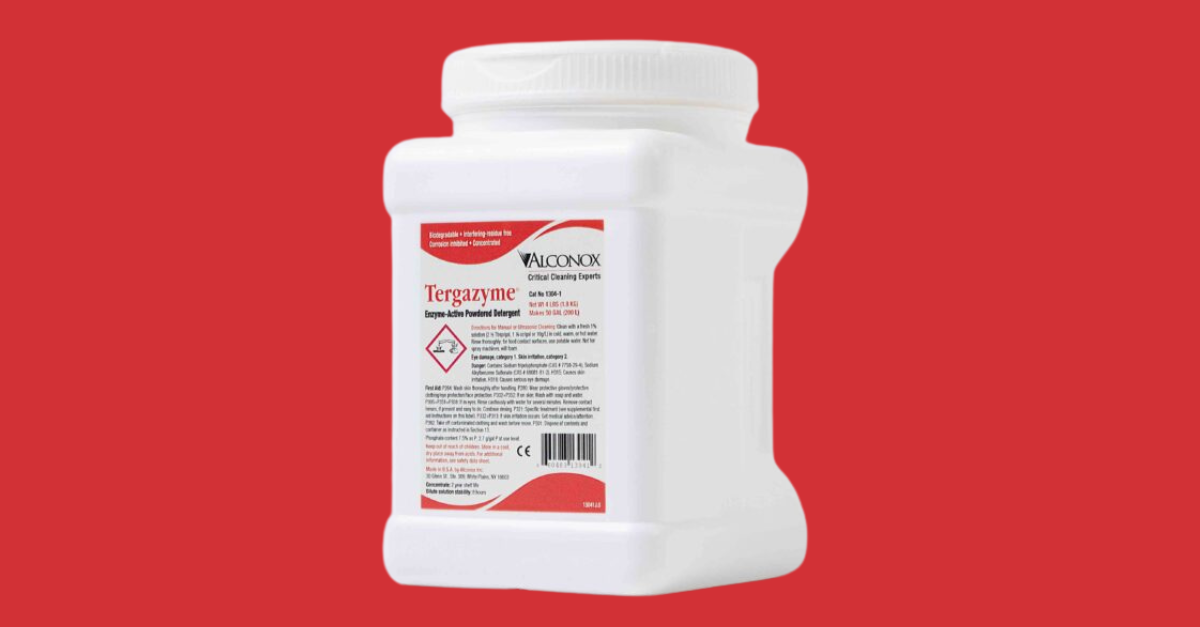
Alconox detergent is widely used to clean aluminum, however we are aware that on extended contact time (typically measured in days) at elevated temperature, a chelate blush can form on aluminum. A chelate blush is a white crusty irregular deposit of aluminum edetate, a reaction between the aluminum and the chelating agent in Alconox.
When cleaning aluminum, it is assumed that the aluminum has been exposed to air and has formed the typical aluminum oxide layer prior to cleaning. If the aluminum has been recently machined and has oils that protect it from the air, then you can have a very active surface under the oil that will form a dark oxidation with Alconox or just about any uninhibited cleaner when the oil is removed under immersion without any air present to form the more passive aluminum oxide surface before being exposed to the cleaner.
If recently machined, aluminum must be cleaned and it cannot be allowed to air passivate. Therefore, a cleaner that contains appropriate metasilicate inhibitors such as Solujet, Detojet, Alcojet or Tergajet must be used. With the use of these kinds of cleaners, on machined aluminum that does not have the oxide layer formed yet, you get points of aluminosilicate formed only at active sites on the aluminum surface. You do not get a film of any kind and this does not change the electrical, structural or bonding characteristics of the aluminum and is not generally considered to be a problem.
For more information about any one of our Alconox Cleaners, consult the specific technical bulletin for each product HERE. Or click here to access each of our detergent’s Material Data Safety Sheets. You can also request a free sample by completing the questionnaire at Get Sample.



